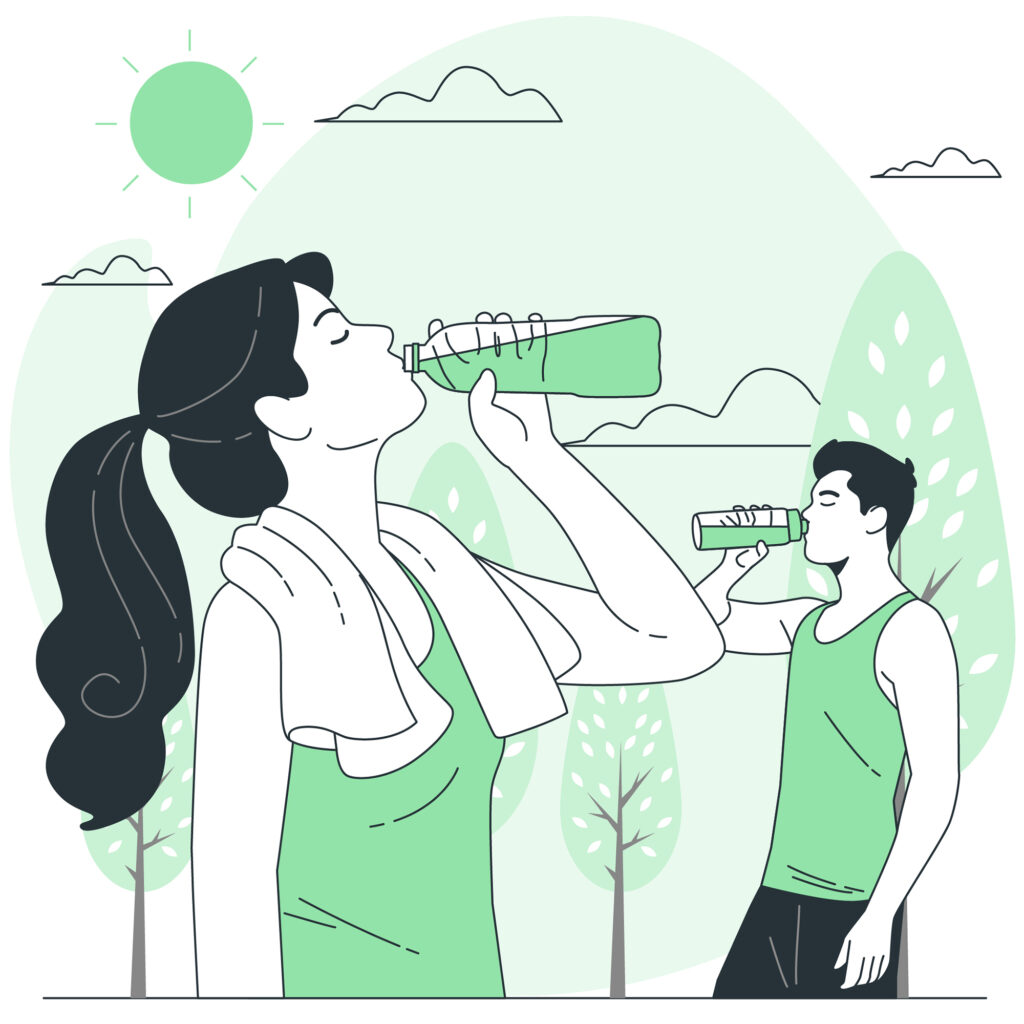When I hear the term “altitude sickness” I begin picturing an intrepid explorer, strapped into climbing gear who is covered in puffy skier jacket clinging to the side of a mountain while snow falls from above.
My imagination is painting a picture of a very outdoorsy, adventurer who climbs mountains. My imagination doesn’t include a picture of myself as a tourist, strapped into a giant backpack and pulling my wheeled luggage through an airport. But it should.
Here’s the truth: anyone can experience altitude sickness. All it takes nowadays is a plane ride to be in a completely new place in the world. And if the place you’re traveling to has a higher elevation than what your body is accustomed to, you may find yourself experiencing altitude-sickness.
What is the cause of Altitude Sickness?
The pressure of the air that surrounds us is called barometric or atmospheric pressure. When visiting higher altitudes, this pressure drops and there is less oxygen available.
People that live somewhere located at a moderately high altitude will become accustomed to the air pressure. However, when traveling to a place at a higher altitude than your norm, your body will need time to adjust to the change in pressure.
Any time that you go over 8,000 feet you can be at risk for altitude-sickness. Some people find themselves more prone to altitude-sickness than others, and how your body reacts can be unique to you. It is wise to keep in mind the classic identifiers of altitude-sickness, so that you can be prepared if your condition worsens. Headaches, shortness of breath, and nausea are all classic signs of altitude sickness.
Altitude sickness, also called Mountain Sickness, has 3 levels:
- Acute mountain sickness (AMS) which is the mildest form, is very common. Some describe symptoms like a hangover: headache, dizziness and nausea.
- High-altitude pulmonary edema (HAPE) which is a buildup of fluid in the lungs. This can be very dangerous and is the most common cause of death from altitude sickness.
- High-altitude cerebral edema (HACE) is the most severe form of altitude-sickness and is a buildup of fluid in the brain. It is also life-threatening and medical attention should be sought immediately.
Are certain people more prone to Altitude-Sickness than others?
No, anyone can develop altitude sickness no matter how fit, unfit, young, old, healthy or unhealthy they may be. While there are no specific illnesses that make you more likely to develop altitude sickness, there are people who are more likely to do poorly, for example:
- People with pre-existing medical conditions should talk with a doctor before traveling to high elevation.
- Those with heart or lung disease should talk to a doctor who is familiar with high-altitude medicine before their trip.
- Those with diabetes need to be aware that their illness may be harder to manage at higher elevation.
- Pregnant women can make trips to high elevations but should talk with their doctor because they may be advised not to sleep at elevations above 10,000 feet.
- Those with some illnesses like sickle cell anemia, or severe pulmonary hypertension should not travel to high elevations under any circumstances.
Treating Altitude-Sickness
- Stay Hydrated.
- Rest, don’t push yourself too hard if you are out of breath.
- Keep warm.
- Don’t go any higher until your symptoms are gone.
If your symptoms persist or are more severe, or if mild symptoms don’t go away and in fact get worse, it is advised that you get to a lower elevation as quickly as possible and seek immediate medical attention.
Can Altitude-Sickness Be Prevented?
- Acclimatization is key. Move slowly, if you are climbing to higher altitudes, it’s best to do it gradually. Take deeper breaths because your body is getting less oxygen than it is used to.
- Drink 3-4 quarts of water every day and make sure that the bulk of your calories are coming from carbs.
- Don’t use tobacco or sleeping pills, especially for the first 48 hours. (Caffeine is okay if you normally drink it.)
- Don’t exercise vigorously for the first 48 hours.
- Know how to identify altitude-sickness and pay attention to your body and symptoms.
I was a tourist in a city that is around 7,300 feet in elevation, which is well under the 8,000-foot elevation limit that I mentioned earlier, but I found my sinuses and throat were incredibly dry, I was short of breath and excessively exhausted while doing very little.
My condition was fairly mild, falling in the first level, AMS, and I did find myself acclimating slowly, but it’s something to keep in mind during your travels. The last thing you want on your vacation, or while attending a new school, is to find yourself needing medical care.
Sources:

